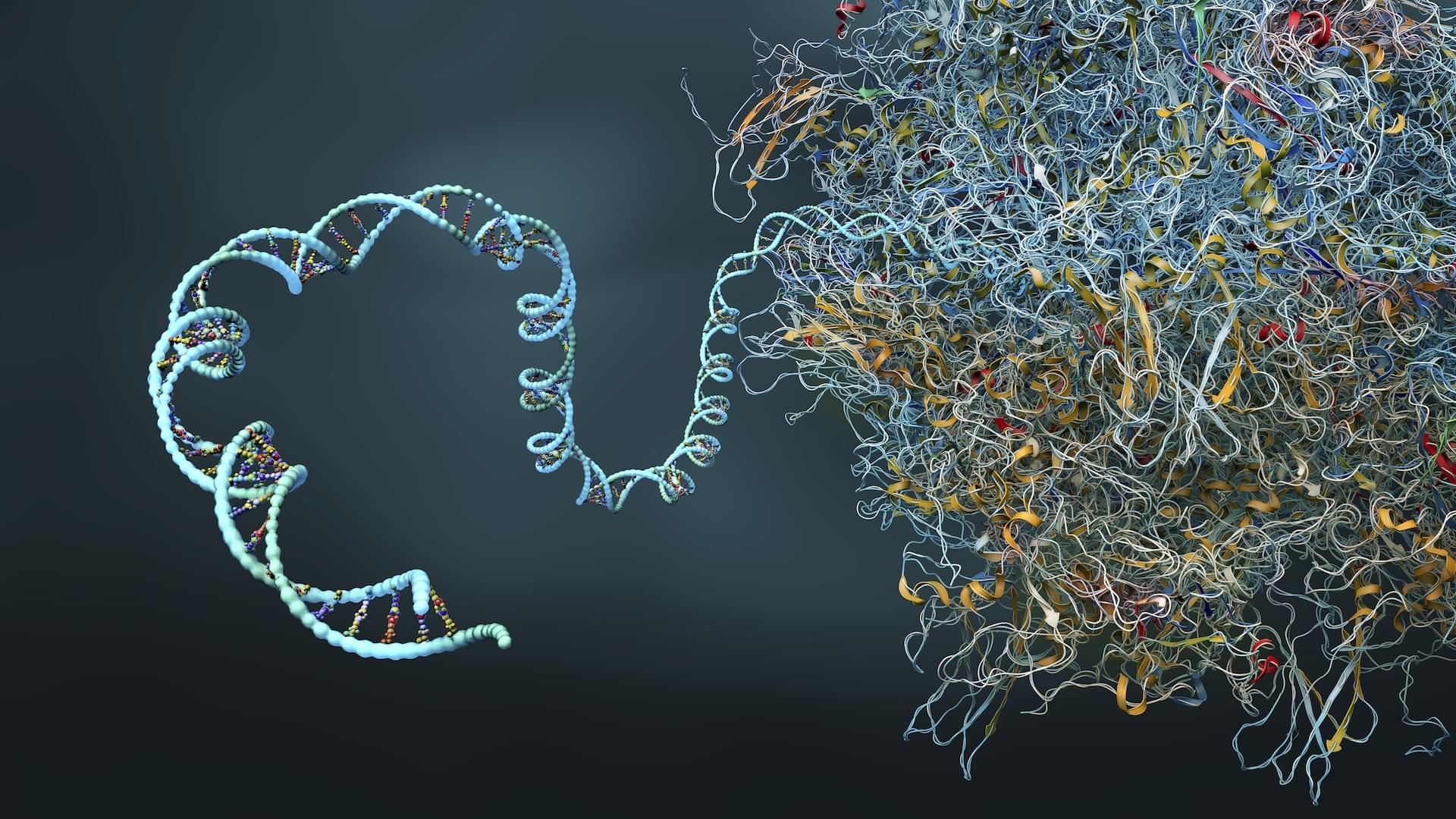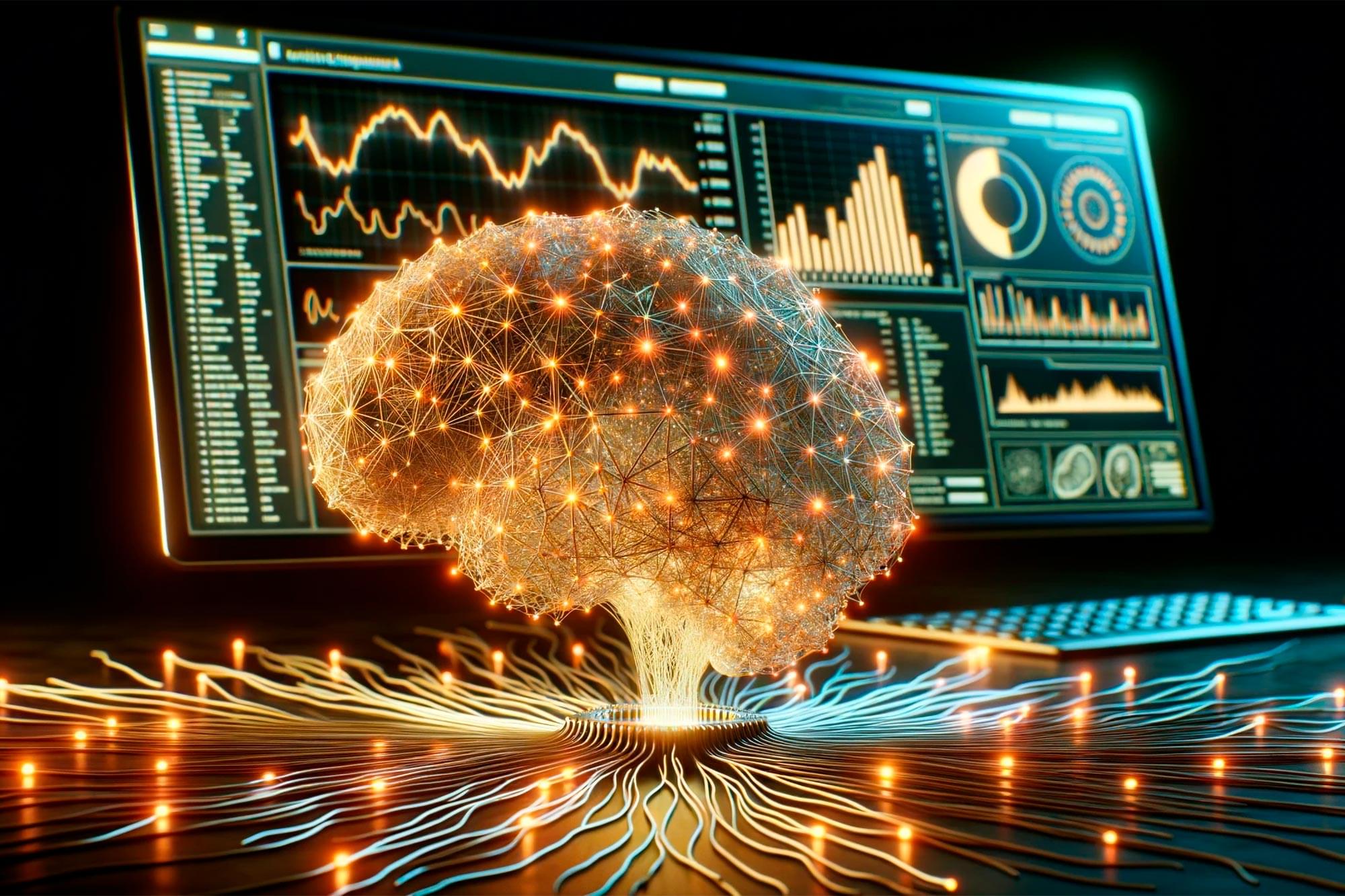NVIDIA and OpenAI began pushing the boundaries of AI with the launch of NVIDIA DGX back in 2016. The collaborative AI innovation continues with the OpenAI gpt-oss-20b and gpt-oss-120b launch. NVIDIA has optimized both new open-weight models for accelerated inference performance on NVIDIA Blackwell architecture, delivering up to 1.5 million tokens per second (TPS) on an NVIDIA GB200 NVL72 system.
The gpt-oss models are text-reasoning LLMs with chain-of-thought and tool-calling capabilities using the popular mixture of experts (MoE) architecture with SwigGLU activations. The attention layers use RoPE with 128k context, alternating between full context and a sliding 128-token window. The models are released in FP4 precision, which fits on a single 80 GB data center GPU and is natively supported by Blackwell.
The models were trained on NVIDIA H100 Tensor Core GPUs, with gpt-oss-120b requiring over 2.1 million hours and gpt-oss-20b about 10x less. NVIDIA worked with several top open-source frameworks such as Hugging Face Transformers, Ollama, and vLLM, in addition to NVIDIA TensorRT-LLM for optimized kernels and model enhancements. This blog post showcases how NVIDIA has integrated gpt-oss across the software platform to meet developers’ needs.








